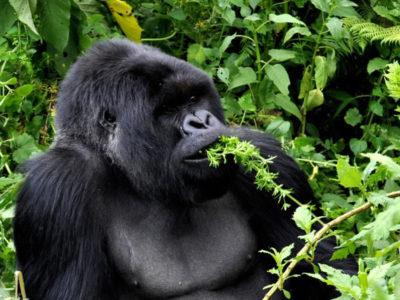Bokora Wildlife Reserve | Wildlife Reserves, Uganda
BOKORA WILDLIFE RESERVE TRAVEL GUIDE - WILDLIFE RESERVE (UGANDA)
LOCATION OF BOKORA WILDLIFE RESERVE, UGANDA
The Bokora Corridor Wildlife Reserve is located in the North-Eastern part of Uganda, within the Karamoja sub-region. It spans an area of 2,056 square kilometers and is bordered by the Matheniko Wildlife Reserve to the west and the Pian Upe Wildlife Reserve to the East. The reserve is known for its diverse landscape, including savannah plains, rocky outcrops, and wooded areas.
SOME HISTORY OF BOKORA WILDLIFE RESERVE, UGANDA
The Bokora Corridor Wildlife Reserve, located in the semi-arid Karamoja region of North-Eastern Uganda, was established in 1964. It spans approximately 2,056 square kilometers (794 square miles), making it one of the largest wildlife reserves in Uganda.
The reserve was created to protect the diverse wildlife and unique ecosystems of the Karamoja region. It forms part of a larger conservation area that includes the Pian Upe Wildlife Reserve and the Matheniko Wildlife Reserve. The reserve is named after the Bokora, one of the ethnic groups in the Karamoja sub-region, who traditionally inhabit the area.
Since its establishment, the Bokora Corridor Wildlife Reserve has been managed by the Uganda Wildlife Authority (UWA). The UWA has focused on preserving the natural habitat and protecting the wildlife species that reside within the reserve. Over the years, various conservation programs have been implemented to address challenges such as poaching and habitat degradation.
Bokora Wildlife Reserve is characterized by its dry plains, rocky outcrops, and wooded areas. It is home to a wide range of wildlife species, including leopards, lions, zebras, buffaloes, and various antelope species. The reserve also hosts several bird species, making it a popular destination for birdwatching.
Despite its rich biodiversity, the Bokora Corridor Wildlife Reserve faces several challenges. Poor road conditions make access difficult, especially during the rainy season. Additionally, human-wildlife conflicts and limited funding for conservation efforts pose ongoing threats. However, there are plans to improve infrastructure and promote eco-tourism to ensure the sustainable management of the reserve.


